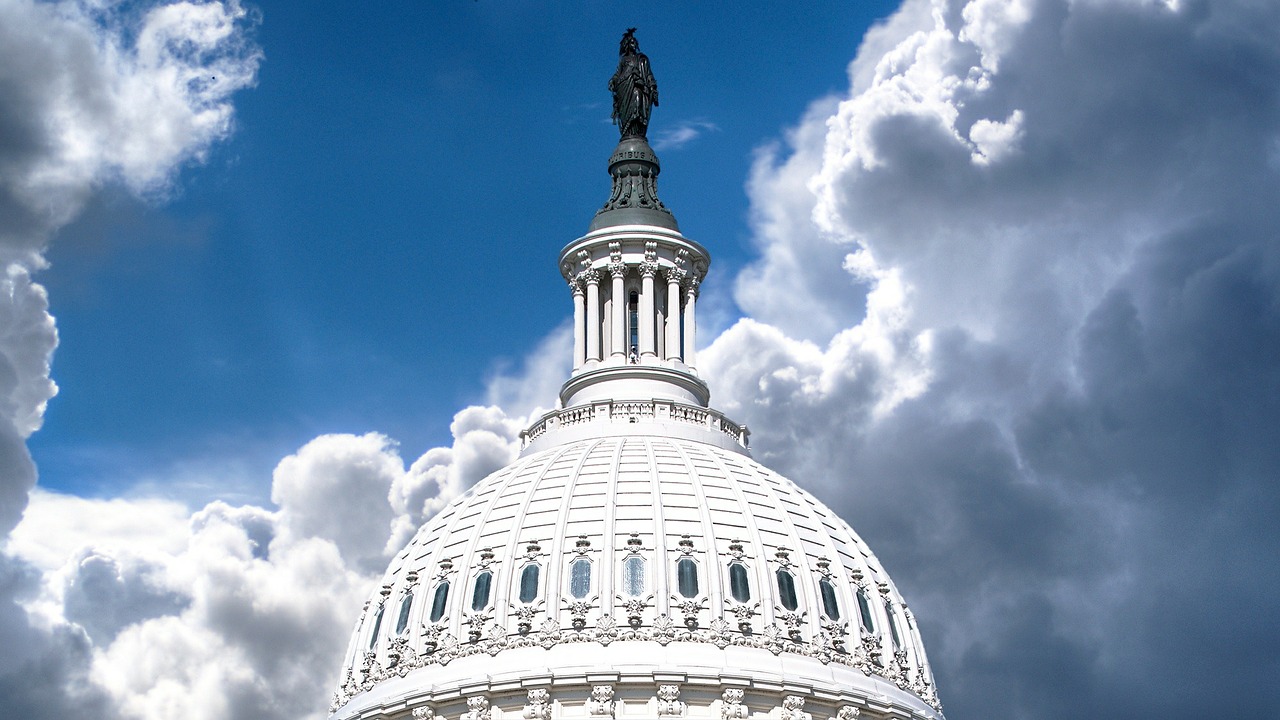During its October 1st to September 30th fiscal year, the Congress rarely follows the budget schedule:

Then though, it can pass a Continuing Resolution (CR) that extends funding for existing programs. Ranging from days to many months, CRs are the band-aids that temporarily remedy budget problems.
This week, it might be different.
A Government Shutdown
More precisely, our focus is the discretionary slice of the federal budget. Just 27 per cent of federal spending, the discretionary slice is much smaller than mandatory spending and net interest:
Still though, when Congress does not cover its discretionary obligations with CRs, the results are catastrophic shutdowns. Since 1977, we’ve had 15. The longest, from 12/21/18 to 1/25/19, lasted 34 days:

This week, the U.S. Congress has a choice. It could just say yes to the 12 annual discretionary appropriations bills that it always needs to have approved by this time of the year. Otherwise, before the budget year ends at midnight on September 30th, it can pass a Continuing Resolution (CR). The most likely possibility though is a funding lapse shutdown.
Our Bottom Line: Shutdown Basics
2018/2019
After the 2018-2019 shutdown, we wrote about the impact on NASA. Because the appropriations bill that covered NASA’s budget was not approved by the Congress, it had to partially shutdown. As a result, the agency retained 437 full-time staff, 664 on a part-time basis, and kept 2,189 on call for emergencies. The rest of their 17,586 employees were furloughed. Satellites in space operated but none launched if unfunded. Contractors doing “excepted” activities and those with the cash and the approvals continued. Whether at home or at work, no one was paid.
Like other government agencies, NASA refers to “excepted” workers and “excepted” activities. They intentionally do not say “essential.” In its December 18 update, NASA divided its “excepted” people into three categories:
Necessary for protecting lives and property, the details remind us of the British coastline. The closer you look, the longer it gets.
2023
Notifying NASA and scores of other agencies, on September 22nd, the Office of Management and the Budget said to prepare for a possible shutdown. This time, for NASA, it will mean furloughing 17,000 of its 18,300 employees. As in the past, they will continue tracking satellites and support the International Space Station.
Elsewhere, TSA employees will be on the job at airports–unpaid. At National Parks, restrooms would not be open although the parks could be. While monthly pension payments will go to veterans, the people that are currently serving will not get paychecks. Offering few of their services, the IRS will probably just open envelops with checks. However, Social Security checks will go out.
In the aggregate, economists believe a shutdown will cost billions. Like NASA, we have the quantifiable cost and also the intangible morale of unpaid federal employees.
Also, we have the private sector. Think of the hotels near national monuments that will lose business. Mortgages might not be approved because FEMA flood insurance is unavailable. Loggers cannot work in National Forests and the Panda Cam will stop streaming from the National Zoo.
The word “shutdown” obscures the massive impact. Summarized in one term, it sounds simple. But it is not.
My sources and more: Always handy, the Concord Coalition is one of my go-to budget websites. In addition, Pew Research and meritalk had more of the facts. Meanwhile the Planetary Society has all you might want to know (and more) about NASA’s budget. And finally, in a previous post, we presented a budget primer.
Please note that we quoted sections about NASA from a past econlife post.








